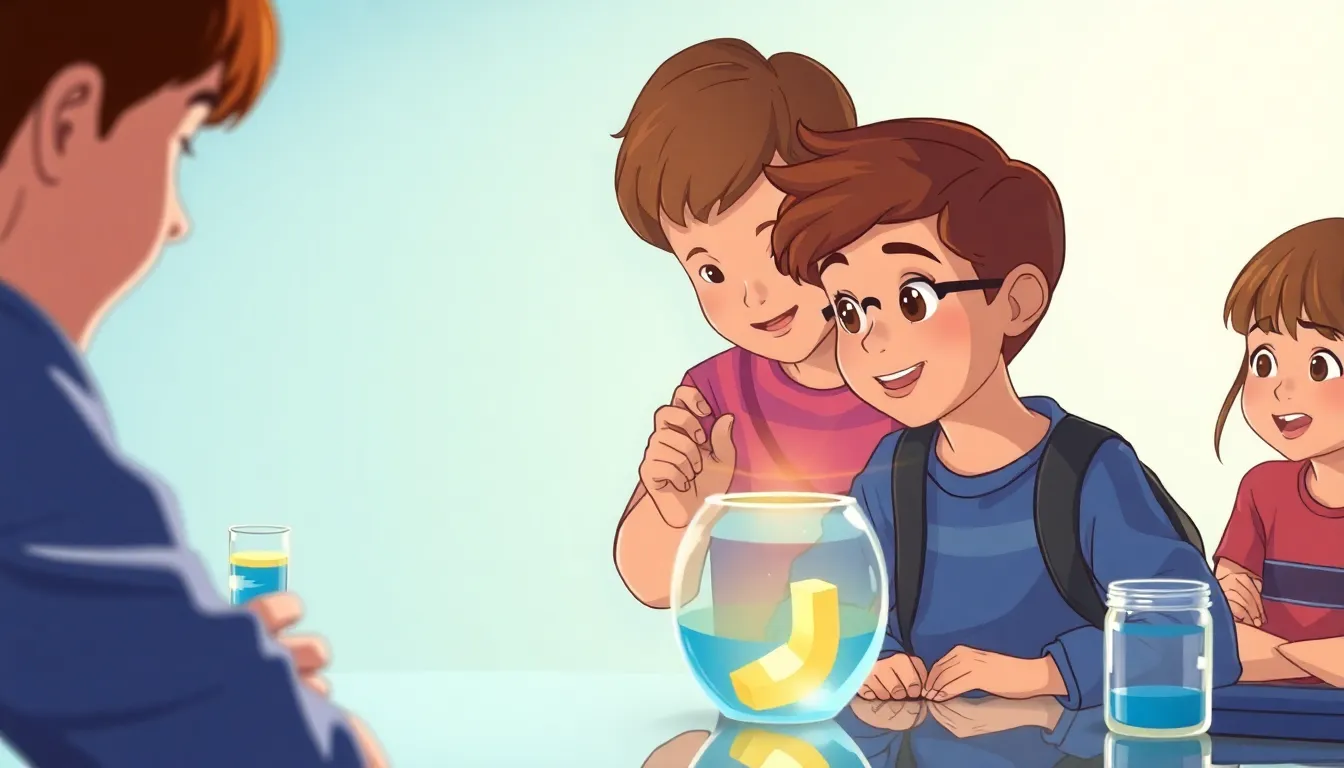
🌈 Reflection & Refraction: Light’s Amazing Tricks
Introduction
Light is a curious traveler. When it meets a surface, it can Bounce Back (reflection) or Bend and keep going (refraction). Understanding these two behaviors helps us explain why we see rainbows, why mirrors work, and how glasses help us see clearly. Let’s explore the science behind light’s “mirror‑like” and “bendy” tricks!
1. What Is Reflection?
Reflection is the change in direction of a light ray when it hits a surface and bounces away.
- Angle Of Incidence = Angle Of Reflection – The angle at which the light arrives (incidence) is equal to the angle at which it leaves.
- The surface can be Smooth (like a mirror) or Rough (like a wall). Smooth surfaces give a clear, sharp image; rough surfaces scatter the light, making the reflection fuzzy.
Everyday Example
- Mirrors: When you look into a bathroom mirror, the light from your face hits the glass, reflects, and travels back to your eyes, letting you see yourself.
Did You Know?
A cat’s eyes shine at night because the light entering their eyes is reflected off a special layer behind the retina called the tapetum lucidum—a natural mirror!
2. What Is Refraction?
Refraction occurs when light passes from one Medium (a material that light travels through) into another and changes speed. This speed change makes the light Bend.
- Denser Medium → Slower Light → Bending Toward The Normal Line (an imaginary line perpendicular to the surface).
- Less Dense Medium → Faster Light → Bending Away From The Normal Line.
Everyday Example
- A Straw In A Glass Of Water looks “broken” at the surface because the light bends as it leaves the water and enters the air.
Did You Know?
The word refraction comes from the Latin refractare, meaning “to break up.” Light is “broken” into many colors when it passes through a prism, creating a rainbow!
3. Why Do These Tricks Matter?
| Phenomenon | Reflection | Refraction |
|---|---|---|
| Periscopes (used by submarines) | Mirrors bounce light down the tube and back up so you can see above water. | Not needed. |
| Eyeglasses | Not involved. | Lenses bend light so it focuses correctly on the retina, fixing nearsightedness or farsightedness. |
| Rainbows | Light reflects inside water droplets. | Light also refracts when entering and leaving the droplet, spreading into colors. |
Cause And Effect:
- Cause: Light hits a surface at an angle.
- Effect (Reflection): Light bounces off, keeping the same speed.
- Effect (Refraction): Light slows down or speeds up, changing direction and sometimes splitting into colors.
4. Mini Experiment: “bending Light with Water”
What You Need
- A clear plastic cup
- Water
- A flashlight or a sunny window
- A white sheet of paper
Steps
- Place the cup on the paper and fill it halfway with water.
- Shine the flashlight at an angle onto the water surface.
- Observe the spot of light on the paper.
What Happens?
The light spot moves away from the original line—this shows refraction. Try the same with a mirror placed at the same angle; the spot will bounce back at the same angle, demonstrating reflection.
Try It! Change the water level and see how the bending gets stronger when there’s more water